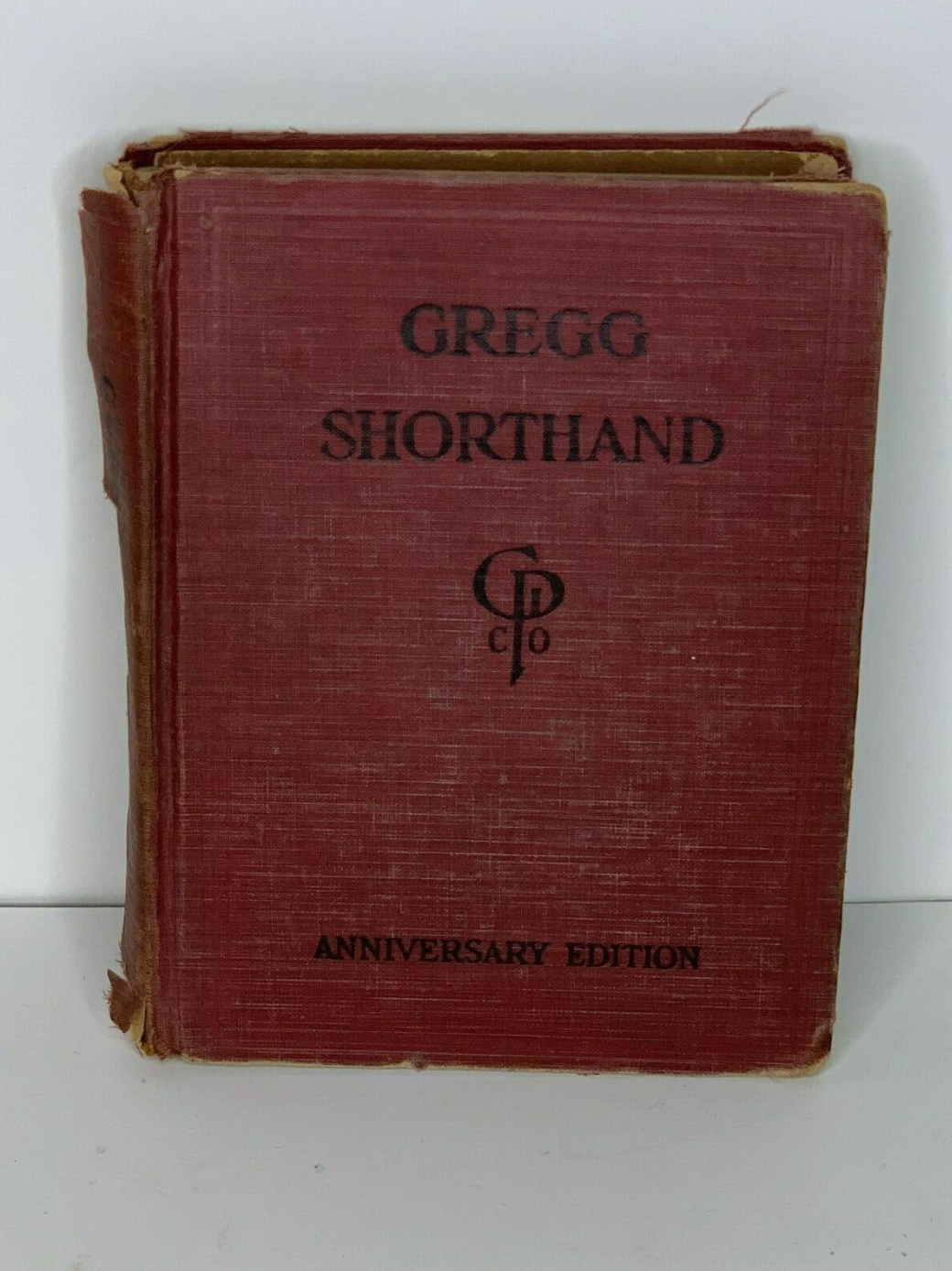In the days before any kind of recording equipment, a very useful skill was being able to record what people were saying by hand.
This was difficult to do when most people speak at least twice the speed we write.
But those that had this ability would use a set of symbols that would look completely alien to youngsters today. However, this skill was in demand and could land you a job.
The writing was a combination of dots, dashes, loops and swirls and for some people of a certain age would look all too familiar.

Today it’s all too easy to record what people are saying in lectures or meetings; there are dozens of apps and recording devices so we can refer to what people have said.
But before technology people used a system called shorthand and for those that mastered it meant writing at a a speed of 280 words per minute.
Your average person speaks at a rate of 125 to 150 words per minute but most of us write at a much slower rate than this.
The most common shorthand system in the UK was Pitman shorthand developed by Englishman Sir Isaac Pitman and first presented in 1837.

Gregg shorthand was the most popular in the U.S. invented by John Robert Gregg in 1888 and was thought to be a lot easier to learn than Pitman.
Both methods involve symbols for the sounds of the words more than the letters. There are even symbols for words such as it, the, to and for so they could be written quickly.
Despite digital technology shorthand is still used for quick notetaking especially in the UK where recording equipment is not allowed in most law courts.
Teeline is the more common form of shorthand today used by the National Council of Journalists for its training program in the UK.
There is also a fun element to shorthand if you know it and those around you don’t as the possibilities of writing secret notes in a journal or personal notebook are endless.
Find out how simple it is in the clip below
[arve url=”https://www.youtube.com/watch?v=p-b3rF3KSBk” /]
Please share this story with all those people you think would recognize these weird and wonderful symbols.





